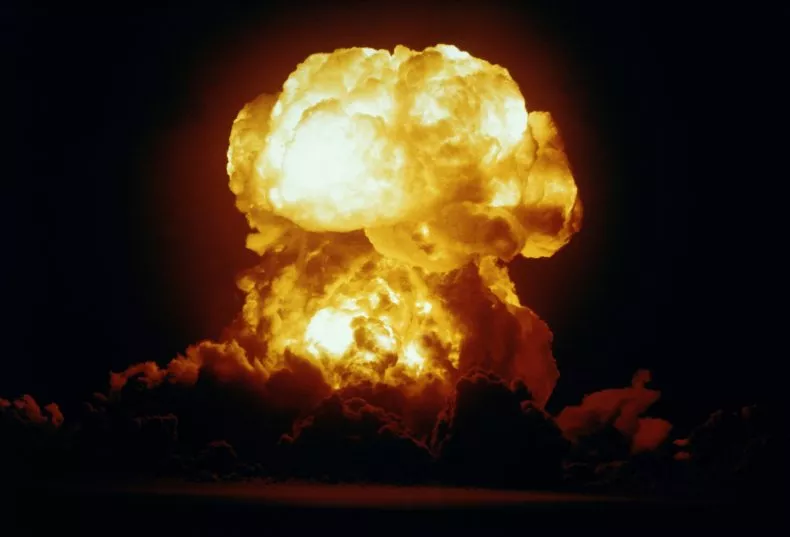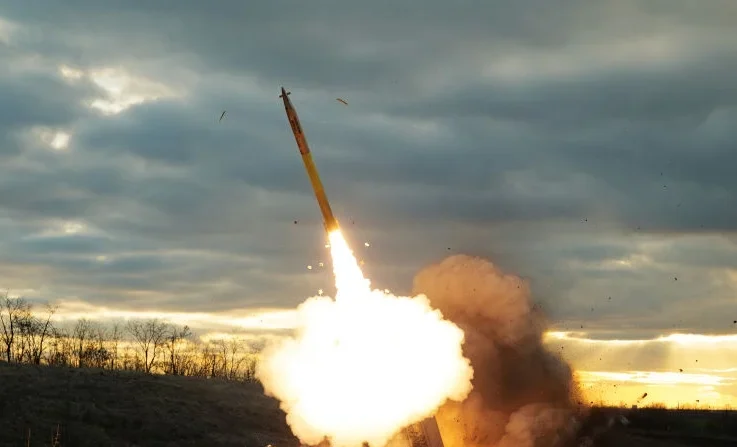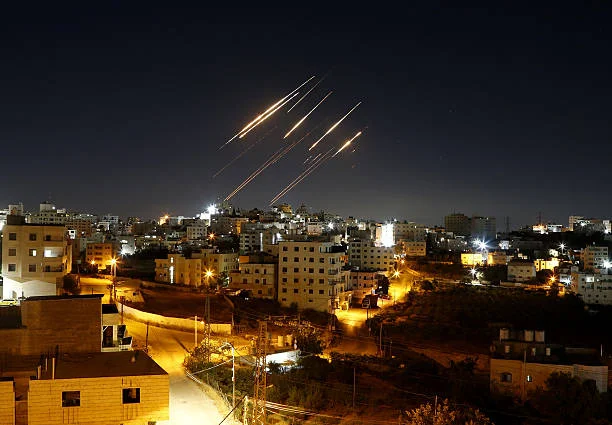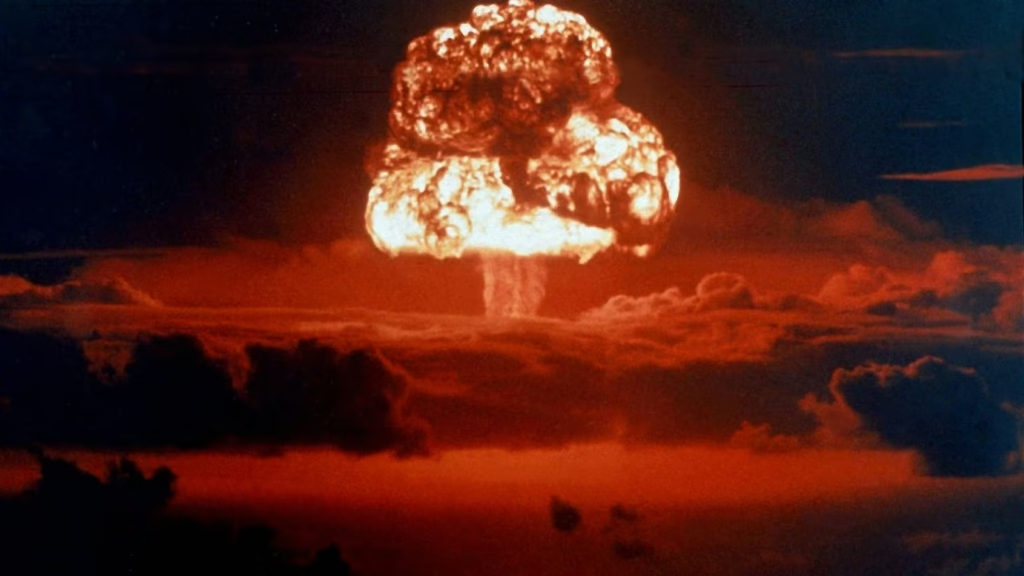An amazing graphic shows you how many people could d!e and what would be a safe distance if a nuclear bomb were to go off.
It’s fair to be a little worried about your future demise when tensions are at an all-time high around the world. One site will show you how afraid you’d be if a nuclear bomb went off… Oh, good.
The idea of nuclear destruction is scary, and worries about nuclear war are not completely unfounded right now.

Even while both parties seem to agree to terminate the battle, it’s not obvious how the fight between Israel and Iran will conclude.
Donald Trump said on social media that peace between the two countries would affect both of them. A few hours later, he yelled at both countries and said they didn’t know what they were doing.
Even though Iran doesn’t have nuclear weapons right now, their partners China and Russia do.
People are worried that World War 3 could break out if the US and Iran keep fighting. Professor Owen Toon of Oceanic and Atmospheric Science says that Australia and New Zealand are the only two places on Earth that could survive a nuclear war because they can still grow food.

With this in mind, one site will probably get a lot of views because it shows how much damage a nuclear weapon may do to any site.
Alex Wellerstein, a scientist and historian of nuclear technology, established the website. Alex Wellerstein, a historian of science and nuclear technology, established the NukeMap website. NukeMap… That’s what the package says it is.
You can choose a location, a goal yield, and even the type of bombs you want among the ones you know about or that have existed in the past. It also gives an estimate of the number of people who d!ed.

Once you’ve picked everything you want, set off the gadget and witness what happens when the nuclear explosion happens. You can break it up into four areas of destruction.
Section 1: The radius of the fireball
This is also called the radius of fire, and like all the other sections, it will change depending on how powerful the nuclear bombs are.
The site says that it is “the maximum size of a nuclear fireball,” and its effect on damage on the ground depends on how high the explosion is. If the fireball hits the ground, there is a lot more radioactive fallout. Quickly, everything inside the fireball burns up.
Section 2: Radius of moderate blast damage
It’s not fully vaporized right away, but there is a lot of destruction and damage.
It says that when the pressure goes beyond five psi, most homes fall down, injuries are common, and de@ths happen often. There is a very high chance that a fire will start in a home or business. Buildings that are this dilapidated are likely to catch fire and spread it.
People typically use it as a guide for mild destruction in cities.

Section 3. Radius of heat radiation
You could think you’re safe at a distance, but this could put you in danger if a nuclear weapon goes off.
It is called third-degree burns. Are attached to the layers of skin and generally don’t hurt since they kill the pain nerves. They might leave permanent scars or deformities that require removal.
Section 4: The area around the light explosion that is damaged
You have a better chance of living if you stay this far away, but you can still see what’s going on.
It says that windows constructed of glass are likely to break at roughly one psi of pressure. People who go to an open window to view the flash of a nuclear explosion (which speeds up the pressure waves) could get hurt quite badly.

“Often used as a guide for small damage in cities.”
